Most wargames are designed by people without firsthand experience of their subjects. Currently in the early stages of beta testing, Angola ’86 springbucks the trend.
THC: How long has Angola ’86, your South African Border War project, been in development, and how much of the work have you done yourself?
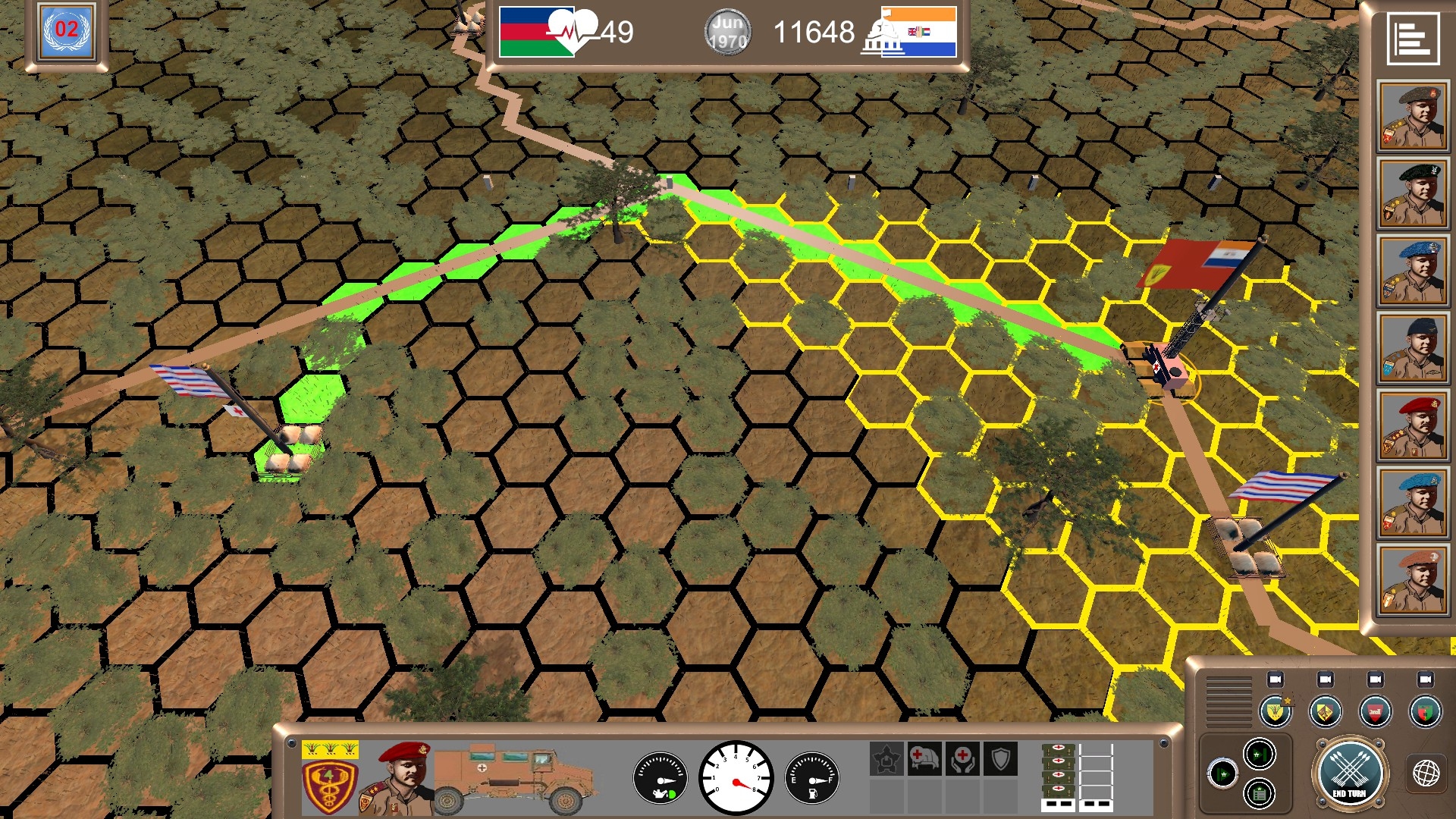
Johan Nagel of Every Single Soldier: The game has been on my radar forever. Actual development started eighteen months ago. Building it from scratch by myself* using Unity (During the past few years I have invested considerable time in learning to code, as it was frustrating trying to convey, and constantly change, the game direction to third parties.) has been a fascinating journey – one I actually don’t want to end.
* Only the artwork was outsourced.
THC: In terms of weaponry and capabilities, how different are the three player-controlled factions, SADF, SWATF, and UNITA?

Johan: SWATF is a cardboard cut-out of the SADF, so in terms of weaponry etc it is almost identical. The major differences are in the infantry. SWATF are better trackers, more likely to get cooperation from the local population, and aren’t conscripts. They do however need to be trained which takes time and resources.
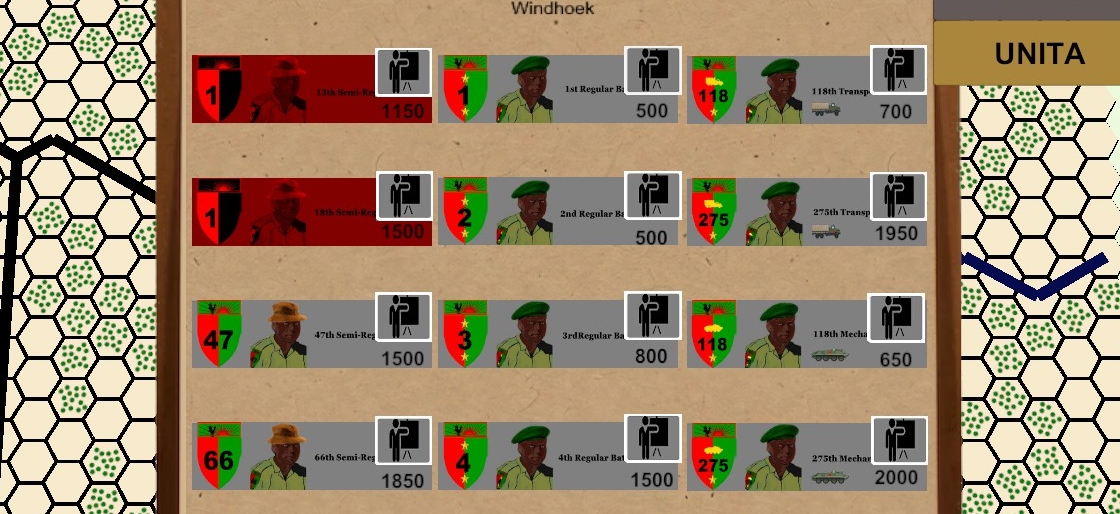
UNITA is comprised mostly of infantry, semi-regular and militia styled units. Following successful SADF base raids across the border, captured FAPLA vehicles can be transferred to UNITA (BTR 60, Ural trucks) and then, with the assistance of SADF special forces, Mech units can be formed up.
THC: I’m intrigued by talk of “Actual tracking and triangulation of enemy tracks”. How exactly will this work?
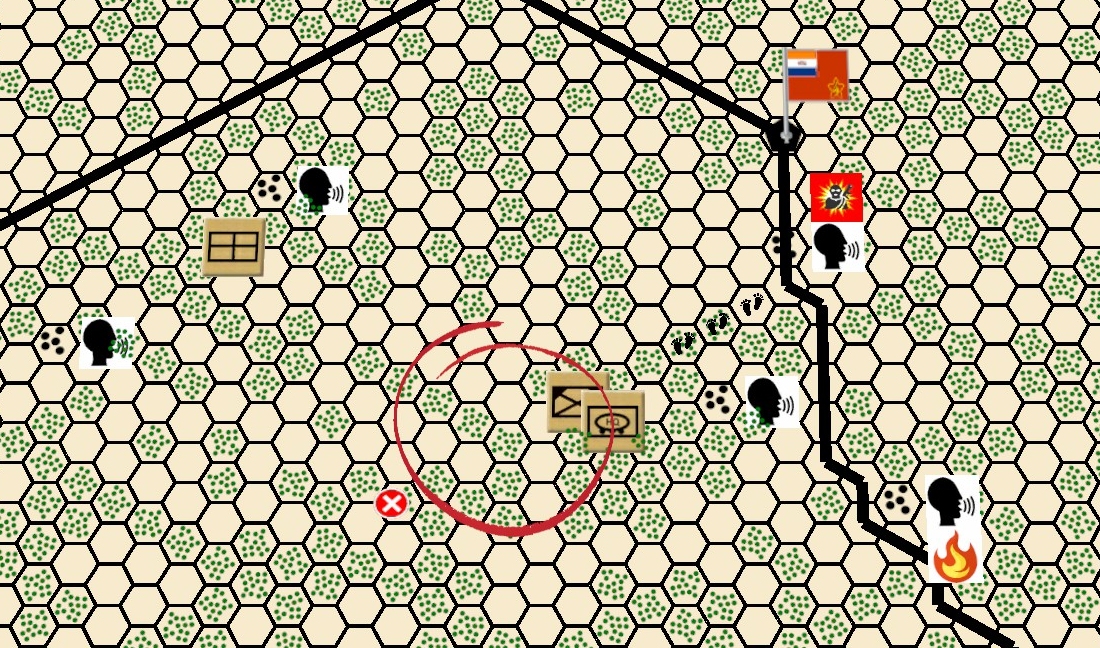
Johan: As SWAPO insurgents travel across SWA, they leave a trail of a few hexes of track behind them, which persist for a turn or two. SADF infantry can detect these tracks, then cross reference it with the Intel overlay in the strategic map. This overlay displays information received from the villages and are time sensitive, informing the player if any insurgent activity has occurred recently in the area. The player can then form a picture of possible targets and take the necessary steps to intercept. Usually, once a track is discovered, follow-up operations ensue and a route is uncovered.
The Intel overlay also keeps a history of all contacts and tracks, thus giving the player a big picture and ultimately leading to triangulation of the location of arms caches (locations where insurgent groups form up inside SWA). This is a major change in the way the game plays and is fundamental to the authenticity of this war.
THC: Have you had to rework AI in a major way to fit the new setting?
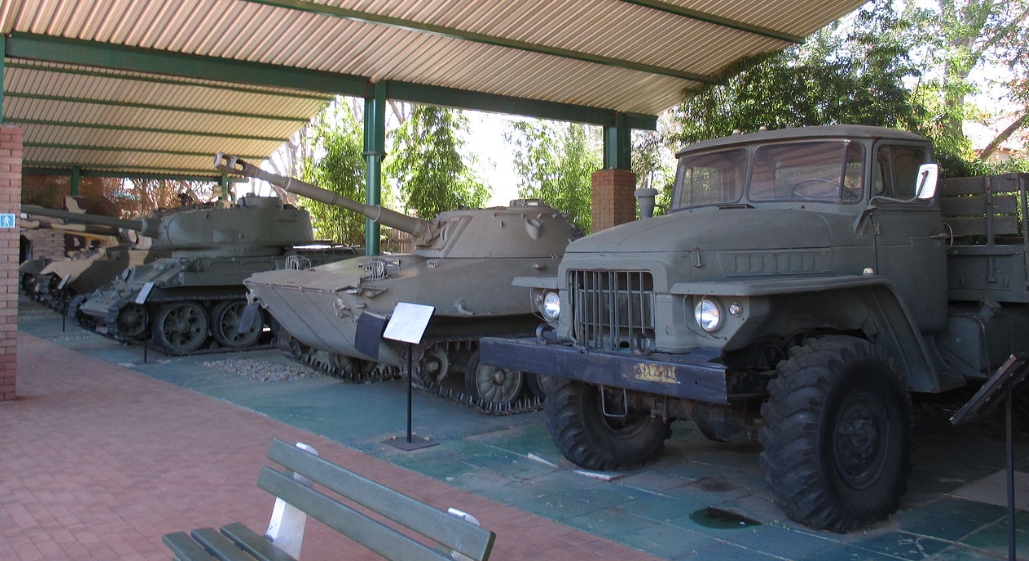
Johan: As mentioned, this is a ‘ground up’ development with a host of changes. With regards to the AI, the major change is the inclusion of a foreign conventional army (FAPLA) that behaves completely differently to the insurgency. The other fundamental change in the game model is that the nation hosting the insurgency is now also in the game, with the player having to have a separate strategy to deal with it, in addition to the insurgency. Once again, this aspect is fundamental to the authenticity of the game.
THC: Are there political consequences for the player if they mount cross-border raids?
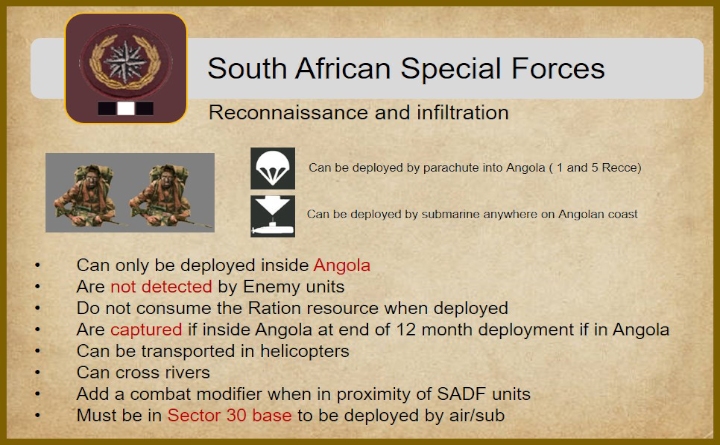
Johan: Yes, the larger the incursion and the length of ‘stay’ in Angola, the larger the Political Points penalty. Should the player run out of Political Points, the United Nations will automatically call for elections, which is the actual decider and essentially the victory condition. Also, low/no political points inhibit SADF operations inside SWA.
THC: Assuming you’re happy to talk about it, what do you personally remember of 1986?
Johan: I was a very young platoon commander in the SA Marines, deployed in Angola as part of one of the cross border raids, as a stopper group. I come from a military family and as a result fitted into the military like a glove. Now, many years on, I have a lot of nostalgic good memories and less memories of the daily grind and hardships. This game is a true work of passion for me. Just watching it come to life has been amazing.
THC: Historically, how successful were South Africa’s COIN tactics?
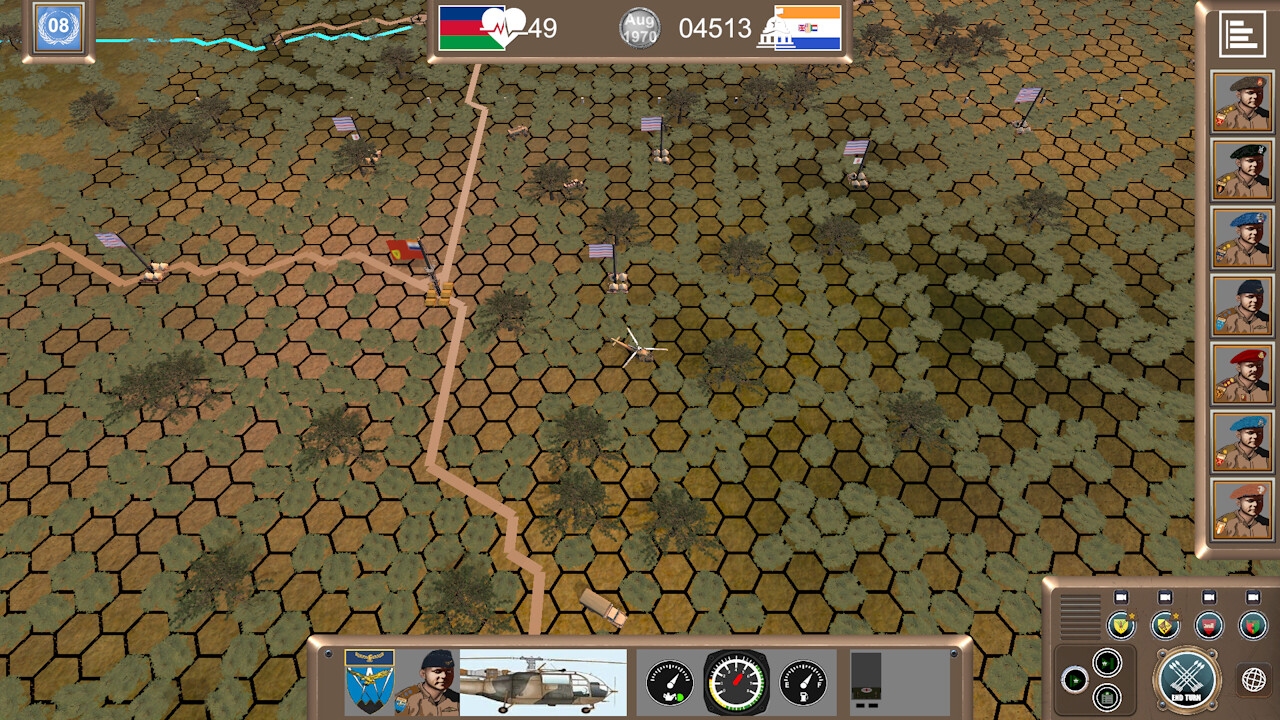
Johan: It’s a fact that we never lost a battle but lost the war. As far as the military operations were concerned, the SADF was a superb army, highly motivated troops and had ground breaking equipment. We learnt a lot from the Rhodesians and improved upon their tactics. The specialist COIN units in the SADF/SWATF are legendary (32 Battalion, 101 Battalion, and Koevoet) and were a constant source of frustration to us infantry. We would patrol for days and literally corral the insurgents, only to have the Casspirs come whizzing past us for the contact!
THC: Have you learnt anything new or surprising while doing background research for Angola ’86?
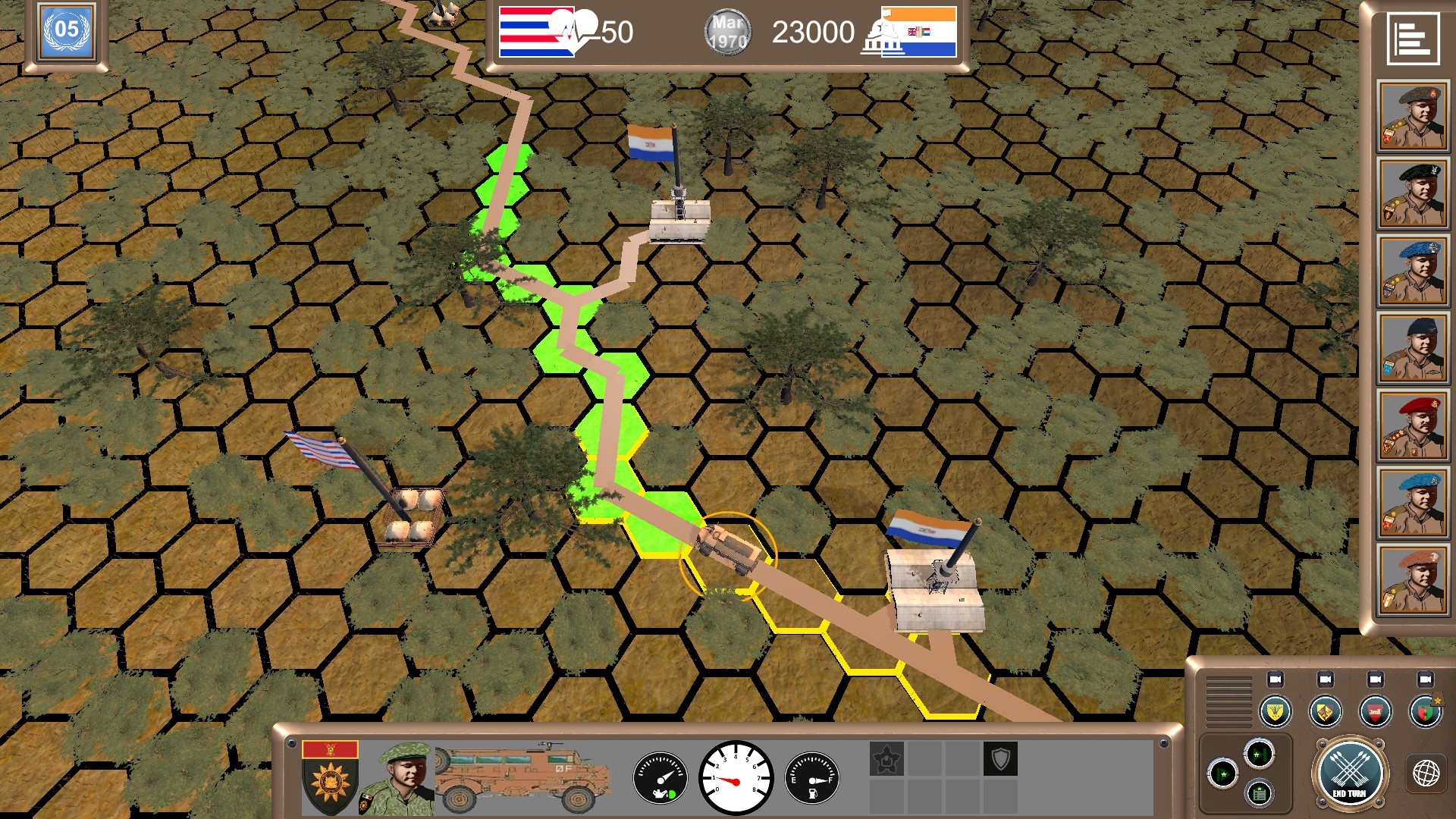
Johan: I have been an avid follower of all things SADF since a teenager, so I didn’t learn anything new. All I do know is there is no game dedicated to this entire war and it’s long overdue. To actually see Buffels and Ratels come alive onscreen gives me goosebumps.
THC: Which books would you recommend to those keen to learn about the South African Border War?
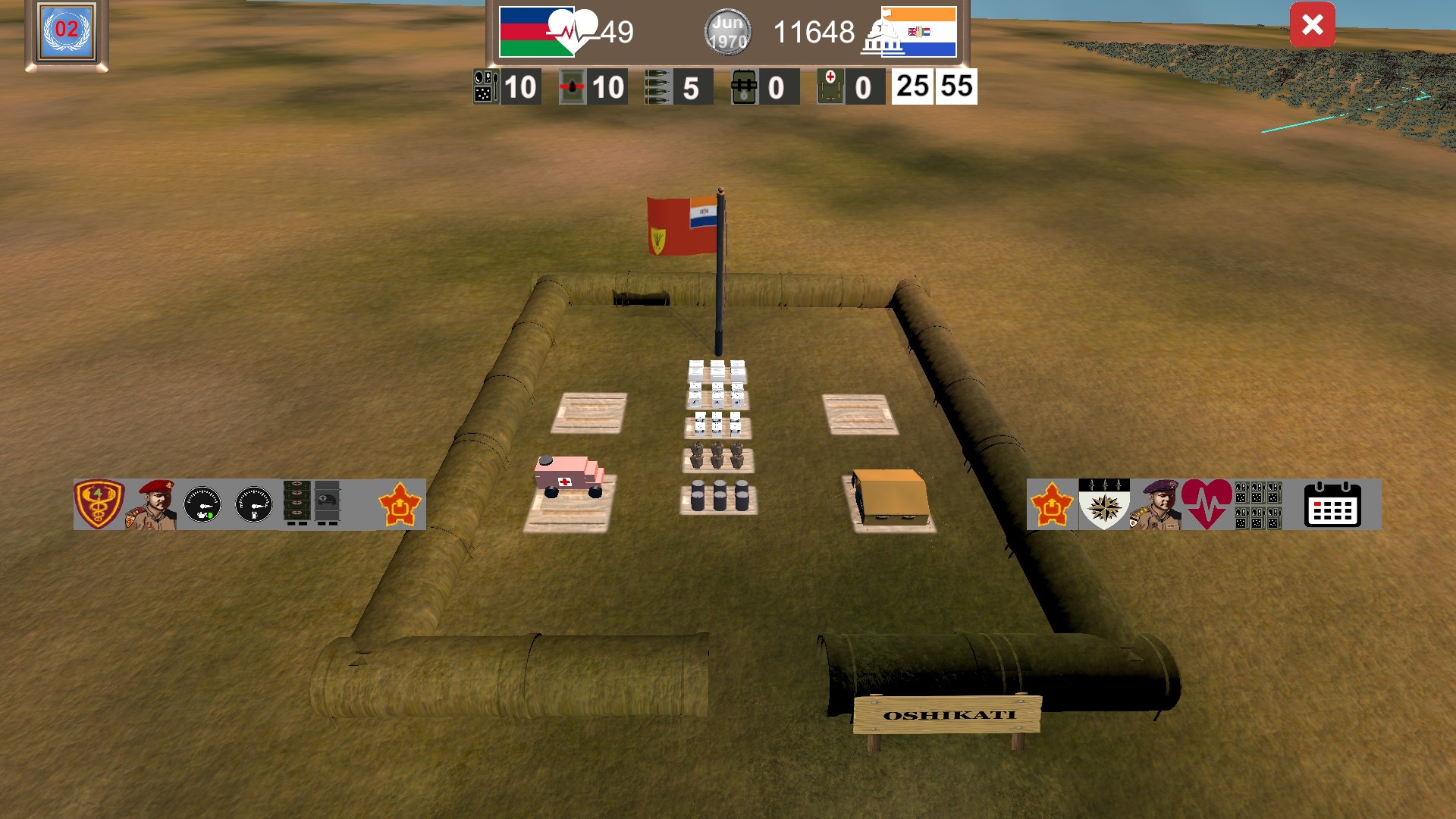
Johan: I would suggest they start with The Boer War* by Thomas Pakenham, a book that provides huge insights into the fighting spirit of the ‘Boers’.
*Another conflict in need of a dedicated game, being the original modern COIN war.
Two other books I would recommend, one from the strategic perspective and the other from the tactical, are At the Front by Gen. J Geldenhuys and Mobility Conquers by Steenkamp/Heitman
THC: Thank you for your time.

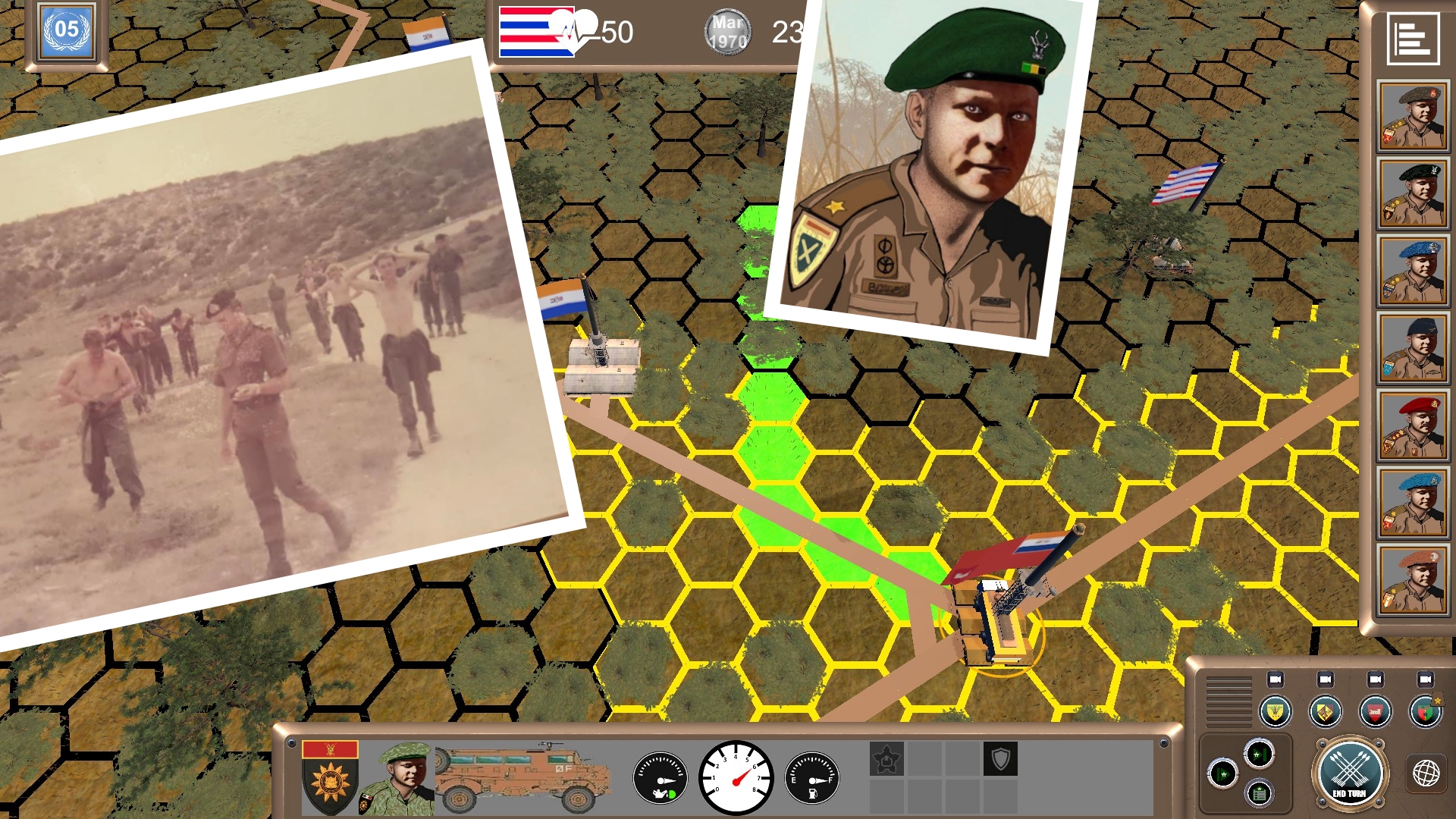
I’d definitely be curious to give this a go.
I’m keen for more virtualized experimentations exploring the environments and conflicts of recent African history.